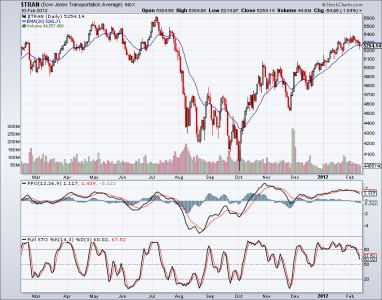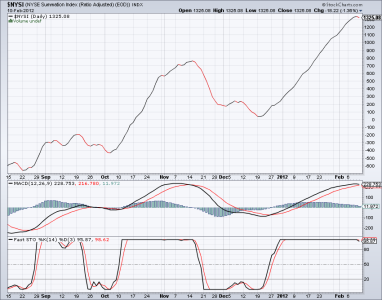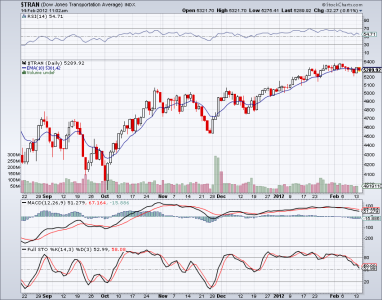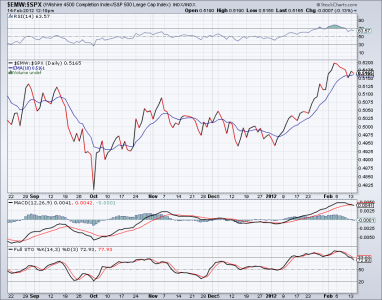MrJohnRoss
Market Veteran
- Reaction score
- 58
Agreed. It's based on volatility being proportional to the square root of time. So if you take the Vix of 9.93 and divide it by the square root of 12 (since there are twelve months in a year), you get 9.93 divided by 3.46 which equals 2.8% for one month. And based on statiscal analyses, this theory is correct 68% of the time. So as the Vix rises, you get a chance at a better return, but you also get wilder swings. Options traders love a high Vix number because the potential returns are so much higher. I am assuming that you are not familiar with this theory. If you are, I apologize. I don't want to insult anyone's intelligence or come across as an expert - BECAUSE I AM FAR FROM IT.
I follow your reasoning, but where did you come up with the value of 9.93 for the VIX, when we are currently at 20.48? In other words, doesn't VIX want to resort to the mean? And the farther away from the mean, wouldn't volatility for the VIX increase even more? Kind of like the stretched rubber band theory... If it gets stretched too far from "normal", it will snap back in the other direction. With the VIX this low, I would think that the mean would be tugging pretty hard on it to get back to "normal".
Am I way off base?






